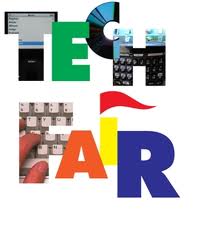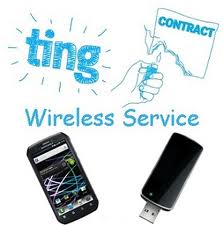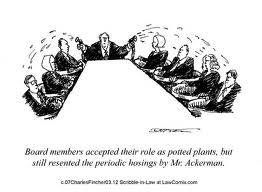 Penelope Burk, CEO of Cygnus Applied Research, has done a lot of research into what it means to be donor-centered. She knows what motivates donors, and she know what troubles donors. If you haven’t purchased and read her book — “Donor Centered Fundraising” — then you don’t know what you’re missing. I’ve read her book a number of times and walk away from each experience learning something new.
Penelope Burk, CEO of Cygnus Applied Research, has done a lot of research into what it means to be donor-centered. She knows what motivates donors, and she know what troubles donors. If you haven’t purchased and read her book — “Donor Centered Fundraising” — then you don’t know what you’re missing. I’ve read her book a number of times and walk away from each experience learning something new.
On page 46 of Burk’s book, she reports the following about what her data says about prompt donor recognition:
“Prompt gift acknowledgement influences 44 percent of study donors’ future giving decisions. 38 percent of study donors receive a thank you letter within two weeks; 54 percent within a month; 8 percent within two months.”
I’ve recently come to the conclusion that it is one thing to “academically” understand this concept and a completely different thing to “emotionally” understand it.
Without getting into embarrassing details, I recently made a $1,000 contribution to a non-profit organization. Not only did I get the acknowledgement letter three weeks later, but the letter wasn’t personalized nor did it contain the right information.
Adding insult to injury, this non-profit organization sent me another solicitation within a week.
Truth-be-told . . . I still like this organization. Their mission is awesome and very necessary. I might even go to the event to which they just invited me. However, nothing they are doing can be considered “donor-centered”. The consequence, of course, will likely be falling donor loyalty rates.
Make it a policy of your organization to produce a mail a gift acknowledgement letter within 24 hours of receiving a pledge or contribution of any size. After the board adopts a set of written fundraising policies, they need to hold the executive director accountable for implementation. Remember, that which gets measured, gets done!
All of this policy talk got me thinking about my experiences with organizations and their written resource development policies. In all honesty, I have not seen any written resource development policies recently. Sure, I’ve seen document destruction policies . . . whistleblower protection policies . . . financial controls policies . . . conflict of interest policies . . . BUT no written resource development policies.
As recent as last week, I’ve been asking everyone who will listen if they could send me a copy of their agency’s donor database policy and procedures manual. Yep, you guessed it. Everyone talked a great game, but I only received one sample (kinda).
Why is it that many of us take every other policy challenge that is thrown out way seriously, but seem to cut corners when it comes to resource development policies?
Rolling up our sleeves and engaging fundraising volunteers, board members, and donors in writing resource development policies provides us an opportunity to align our fundraising practices (e.g. gift acknowledgement letters) with donor-centered practices. In turn this activity might help improve our donor loyalty rates.
Click here for some stand alone policies pertaining to resource development.
When is the last time your organization reviewed and revised its fundraising policies? Where are those written policies captured (e.g. SOP manual? RD Plan? Stand along policy documents?) Who did you engage in revising your policies the last time you undertook this task? Please scroll down and use the comment box to answer some of these questions or weigh-in with your opinion.
Here’s to your health!
Erik Anderson
Founder & President, The Healthy Non-Profit LLC
www.thehealthynonprofit.com
erik@thehealthynonprofit.com
http://twitter.com/#!/eanderson847
http://www.facebook.com/eanderson847
http://www.linkedin.com/in/erikanderson847





























